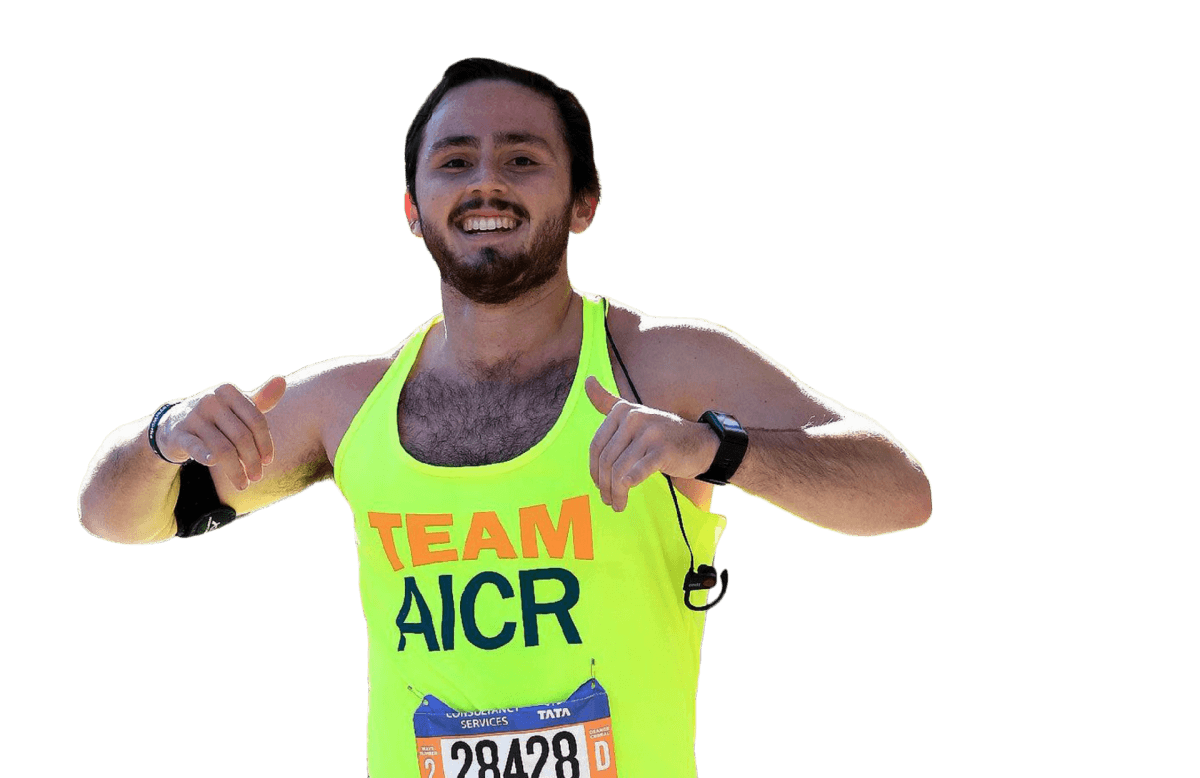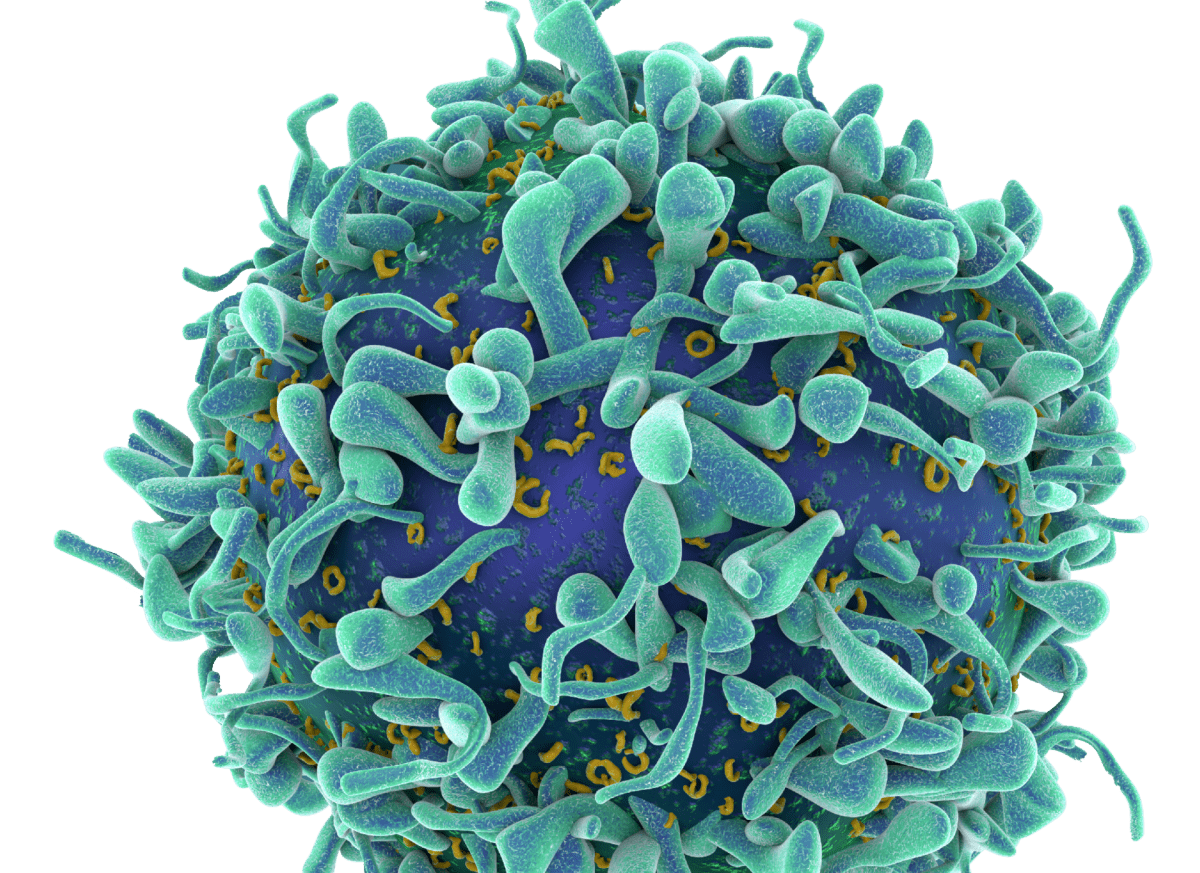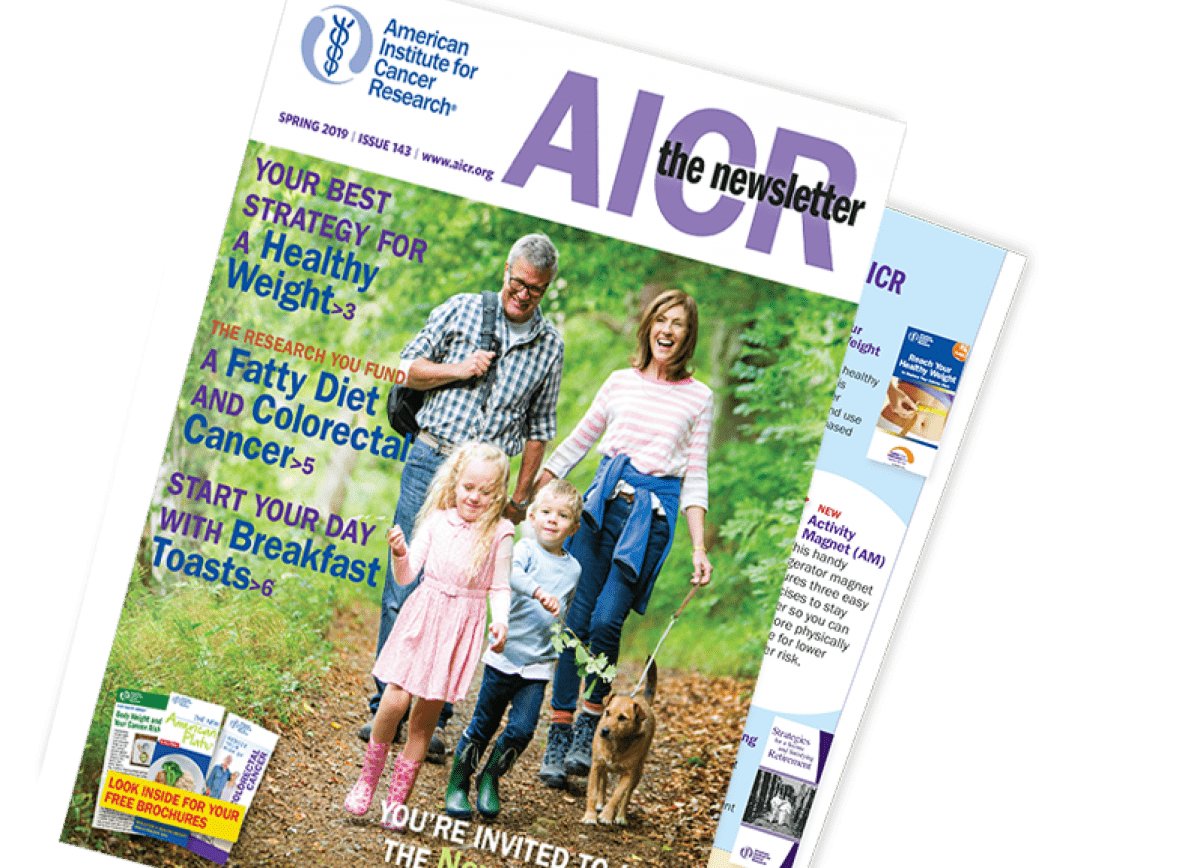Winter 2023 Archive
Since 2016, Code §408(d)(8) has permitted IRA owners age 70½ or older to make qualified charitable distributions (QCDs) directly to charity from their IRAs. Up to $100,000 may be given annually to public charities. Although no charitable deduction is available, donors avoid the income tax they would otherwise owe if funds were withdrawn, resulting in tax savings.
Beginning in 2023, donors have the option to make a one-time election to contribute up to $50,000 from an IRA to a charitable remainder annuity trust, charitable remainder unitrust or a charitable gift annuity to be treated as a QCD. This change is part of the Consolidated Appropriations Act, 2023.
A contribution to a charitable remainder trust qualifies only if (1) the trust is funded exclusively by the QCD (no other funds allowed), and (2) the only income beneficiary is the IRA owner and/or the owner’s spouse. The income interest must be non-assignable. All distributions will be taxed as ordinary income, not under the four-tier system of Reg. §1.664-1(d)(1). In the case of a charitable gift annuity, the QCD will not be treated as an investment in the contract, meaning no portion of the annual payment will be tax-free return of principal.
Planners’ Note: QCDs are available beginning at age 70½, even though required minimum distributions don’t begin until age 73. Under the Consolidated Appropriations Act, 2023,that age is set to gradually increase to 75. Donors who haven’t reached age 73 do not benefit from the reduced income taxes on their QCDs but may find gifts from IRAs to be the best source of giving. For example, a couple, both age 71, have a standard deduction of $30,700 in 2023. Often taxpayers in this age range are unable to itemize and therefore receive no tax benefit from their outright gifts to a charity. A QCD allows the donors to make gifts of assets that have never been subject to income tax and reduce the size of their IRAs, potentially resulting in lower required minimum distributions in later years.
Higher recommended gift annuity rates took effect Jan. 1, only six months after rates were raised in July 2022. The American Council on Gift Annuities voted in November to hike both the rates and the interest rate assumptions underlying deferred payment gift annuities—those in which payments begin more than one year after the annuity is arranged. The increases apply to both one-life and two-life gift annuities. The recommended rates are intended to ensure a 50% residuum for charity at the end of the annuity payment period.
Although higher rates mean larger payments for annuitants, charitable deductions will drop. For example, a 75-year-old who contributed $10,000 for a charitable gift annuity in late 2022 was entitled to payments of $600 (6.0%) annually and a charitable deduction of $5,249. The new rate is 6.6%, resulting in payments of $660 and a charitable deduction of $4,836 (assuming quarterly payments and the use of a §7520 rate of 5%).
Syndicated conservation easements were recently added to the Treasury Department’s Reportable Transaction Regime under Code §6011 (IR-2022-214). The target transactions generally involve investors acquiring interests in partnerships that own land on which a “grossly overvalued” charitable deduction is claimed for the grant of a conservation easement. To combat the perceived tax shelters, the regulations require material advisors to make a return including information identifying and describing the transactions and describing potential tax benefits expected to result [Code §6111(a)].
Included in the Consolidated Appropriations Act, 2023 is a provision prohibiting partnerships from treating a contribution as a charitable conservation easement if the value exceeds 250% of the sum of each partner’s basis allocable to the property upon which the easement is placed.
Both charitable remainder annuity trusts and unitrusts are subject to the 10% minimum charitable remainder requirement [Code §§664(d)(1)(D); (d)(2)(D)], but the annuity trust is also subject to the 5% probability test of Rev. Rul. 77-374. Under this test, if the probability exceeds 5% that a noncharitable beneficiary of the trust will survive to the exhaustion of the trust fund, the trust does not qualify, and no charitable deduction is allowed.
Low §7520 rates often made it difficult for all but older donors to qualify, even at the lowest 5% payout rate. For example, when §7520 rates were at 1%, a 75-year-old donor contributing $100,000 to a charitable remainder annuity trust would, theoretically, be entitled to a charitable deduction of $49,017 (assuming quarterly payments). While that would easily satisfy the 10% remainder requirement, the trust would nevertheless fail due to the 5% probability test.
Rev. Proc. 2016-42 offered a lifeline to some donors, providing their annuity trust included language calling for the trust to terminate early and trust assets to be distributed outright to charity prior to the payment of any amount that would cause the value of the corpus to drop below 10% of the initial value of the trust. In that case, the IRS said, the trust would not be subject to the 5% probability test. However, computing the early termination contingency was not simply a matter of whether the corpus stayed above 10% of the amount transferred. In the example provided by the IRS, a trust initially funded with $1 million would terminate even though the corpus was $210,000 prior to a distribution.
Higher §7520 rates may eliminate the need for donors to include language from Rev. Proc. 2016-42. The December 2022 rate of 5.2% (which can be used to calculate the deduction for gifts made through February 2023) means a donor as young as age 22 could establish a qualifying charitable remainder annuity trust before running afoul, not of the 5% probability test, but of the 10% remainder requirement. Or a donor age 75 could choose a higher payout rate (e.g., 7.25%) that would still qualify.
© Copyright Sharpe Group. All rights reserved.






